How Fast do Paramotors Fly?
30 November 2023 | Updated on January 04, 2024 | 0 comments
Paramotoring, a form of ultralight aviation, has gained popularity for its accessibility and the unique sense of freedom it offers. One of the most common questions from both aspiring and seasoned paramotor enthusiasts revolves around the speed of these agile aircraft. Understanding how fast paramotors go is not only a matter of curiosity but also crucial for flight planning, safety, and maximizing the enjoyment of this exhilarating sport.
This article aims to explore the various factors that influence the speed of paramotors, providing insights into what pilots can expect when they take to the skies.
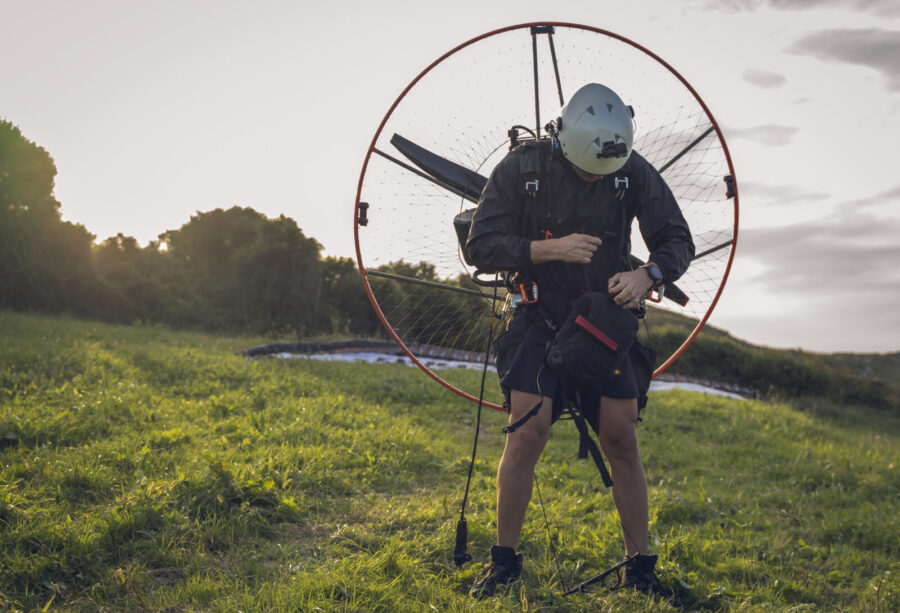
Basic Speed Parameters of Paramotors
When delving into the world of paramotoring, one of the most fundamental questions is related to its speed: “How fast do paramotors fly?” Understanding the speed range of these lightweight aircraft is essential for pilots for various reasons, including flight planning, safety, and matching their flying experiences to their skill levels.
Paramotors, known for their versatility and ease of use, generally have a speed range that caters to both safety and enjoyment.
How fast does a paramotor fly?
The average speed of a paramotor is typically between 25 to 45 mph (40 to 72 km/h). This range can vary depending on several factors, which we will explore in more detail. It’s important to note that these speeds allow for a balance between maneuverability and the ability to cover distances effectively.
The speed at which a paramotor can fly is influenced by a variety of factors:
- Engine power: The power output of the paramotor’s engine plays a significant role. More powerful engines can provide greater thrust, potentially leading to higher speeds.
- Wing design: The design and aerodynamics of the wing (also known as the paraglider) significantly impact speed. Wings designed for higher performance can achieve greater speeds.
- Pilot skill and experience: Experienced pilots who understand how to harness wind conditions and thermals can often achieve higher speeds.
- Weight and load: The overall weight, including the pilot and any additional gear, affects the speed. Heavier loads generally result in slower speeds.
- Environmental conditions: Wind speed and direction, air density, and temperature can all impact the speed of a paramotor.
So while paramotors are not designed for high-speed flight like some other aircraft, they offer a speed range that is conducive to enjoyable and safe flying experiences. The actual speed achieved during a flight can vary based on a combination of the paramotor’s capabilities and external factors. Understanding these aspects helps pilots make informed decisions for safe and enjoyable flights.
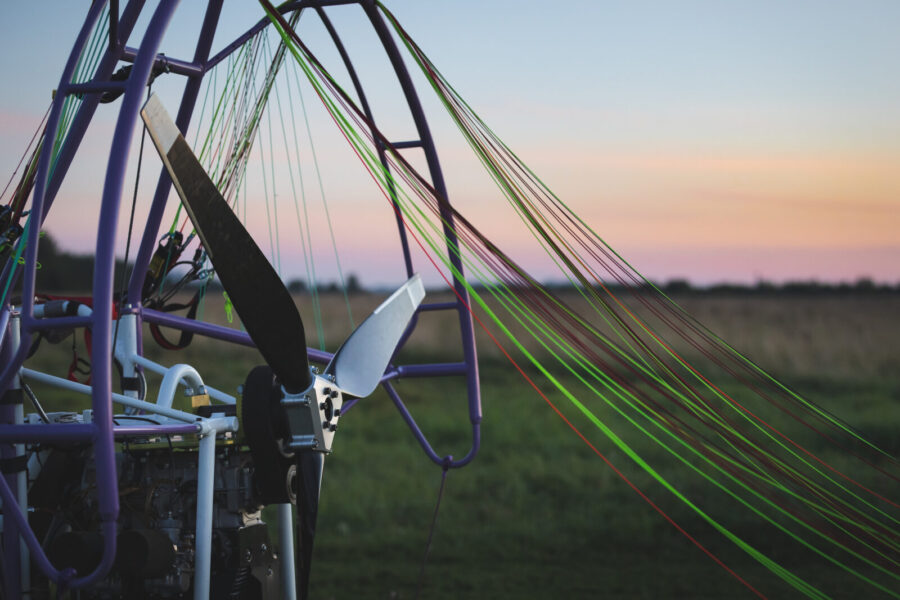
Factors Affecting Paramotor Speed
The speed of a paramotor is not a fixed number but rather a variable influenced by several key factors. Understanding these factors is crucial for pilots to not only gauge how fast their paramotors can go but also to ensure safe and efficient flying.
Let’s delve into the primary elements that affect the speed of a paramotor.
- Engine size and type: The engine’s power output is a primary determinant of a paramotor’s speed. Larger engines typically provide more thrust, enabling higher speeds. However, they also add weight, which can affect overall performance.
- Propeller characteristics: The size and pitch of the propeller play a significant role. A larger propeller or one with a higher pitch can increase thrust and, consequently, speed.
- Aerodynamic efficiency: High-performance wings with advanced aerodynamic designs can achieve higher speeds. These wings are typically used by experienced pilots.
- Wing size: Generally, smaller wings fly faster than larger ones due to less drag, but they also require more skill to control.
- Overall weight: The combined weight of the pilot, the paramotor unit, and any additional gear affects speed. Heavier setups will generally be slower due to the increased power required to maintain lift.
- Weight distribution: How the weight is distributed can also impact aerodynamic efficiency and speed.
- Wind speed and direction: Tailwinds can increase ground speed, while headwinds can reduce it. Understanding and utilizing wind conditions is a skill that can significantly affect speed.
- Air density: Air density, affected by altitude and temperature, plays a role in engine performance and wing lift. Less dense air at higher altitudes or in hotter temperatures can reduce lift and engine efficiency, impacting speed.
- Thermal activity: Skilled pilots can use thermals – rising columns of warm air – to gain altitude without motor power, which can indirectly affect the speed and efficiency of flight.
The speed of a paramotor is a dynamic attribute influenced by the interplay of technical specifications, environmental conditions, and pilot skill. By understanding these factors, pilots can better manage their flights, ensuring safety while optimizing for speed and performance.
Comparing Speeds: Paramotors vs. Other Ultralight Aircraft
Paramotoring is just one branch of the diverse family of ultralight aviation. To put paramotor speeds into perspective, it’s helpful to compare them with the speed of other types of ultralight aircraft. This comparison not only highlights the unique characteristics of paramotors but also helps pilots understand the range of options available in the realm of light aviation.
- Hang Gliders: Hang gliders typically have a speed range of 20 to 60 mph (32 to 97 km/h). While they can reach higher top speeds compared to paramotors, their slower minimum speed is higher, requiring more skill for takeoff and landing.
- Paragliders: Paragliders, which are similar to the wings used in paramotoring but without the motor, usually fly at speeds between 15 to 45 mph (24 to 72 km/h). Paramotors offer the advantage of powered flight, allowing for more control over speed and direction.
- Fixed-Wing Ultralight Aircraft: These aircraft can vary widely in speed, but many are capable of flying between 40 to 75 mph (64 to 121 km/h). They generally offer higher top speeds and longer range than paramotors but require more space for takeoff and landing.
Safety Considerations at Different Speeds
While the thrill of speed is a significant draw for many paramotor enthusiasts, understanding and managing the safety implications of different speeds is crucial. The speed at which a paramotor flies can greatly affect its maneuverability, the pilot’s reaction time, and overall safety during flight.
Firstly, control at higher speeds is a significant consideration. As a paramotor gains speed, its response to control inputs becomes more sensitive, demanding a higher level of skill from the pilot to maintain control. This is particularly true in turbulent conditions, where precise handling is essential.
Another important factor is the risk of stalling. When a paramotor flies too slowly, especially near the wing’s minimum speed, the risk of a stall increases. Pilots must be aware of their wing’s speed range and consistently maintain a safe flying speed that’s comfortably above the stall speed to avoid such risks.
Lastly, the impact of speed on takeoff and landing cannot be overstated. During these critical phases of flight, managing speed is essential for safety. Excessive speed during landing can cause the pilot to overshoot the intended landing zone, while flying too slowly can lead to a hard landing. Both scenarios pose risks and highlight the importance of adept speed management in paramotoring.
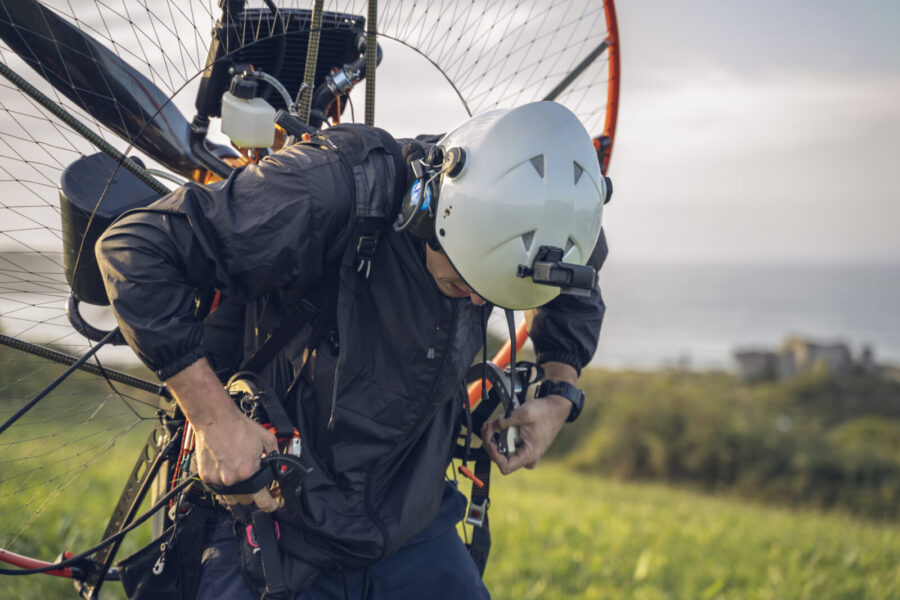
Enhancing Speed Performance
For many paramotor pilots, finding ways to safely maximize their machine’s speed is part of the adventure and skill development in paramotoring. Enhancing speed performance involves a combination of equipment upgrades, flying techniques, and understanding the limitations of both the pilot and the equipment:
- Advanced wing designs: Upgrading to a higher-performance wing can significantly increase speed. These wings are designed for more experienced pilots and offer improved aerodynamics and speed capabilities.
- Engine upgrades: Installing a more powerful engine or optimizing the existing engine can provide more thrust, leading to higher speeds. However, this should be balanced with the added weight and fuel consumption.
- Propeller adjustments: Changing to a propeller with a different pitch or diameter can affect thrust and, consequently, speed. Pilots should consult with experienced mechanics or manufacturers for optimal propeller configurations.
- Weight reduction: Reducing the overall weight of the paramotor setup, including unnecessary gear, can improve speed. Lighter materials in the frame and harness can also contribute to this.
Besides technical upgrades and adjustments, a paramotor pilot can also improve speed performance by improving his/her flying technique:
- Harness adjustments: Adjusting the harness for a more aerodynamic position can reduce drag and increase speed.
- Utilizing thermals and wind: Skilled pilots can use natural elements like thermals and wind patterns to boost their speed and efficiency in flight.
- Refining flight techniques: Advanced flying techniques, such as using speed bar systems, can help pilots safely increase their flying speed. These techniques require proper training and practice.
Finally, keeping the paramotor in top condition with regular maintenance, including regular engine tune-ups and wing inspections, ensures optimal performance and speed.
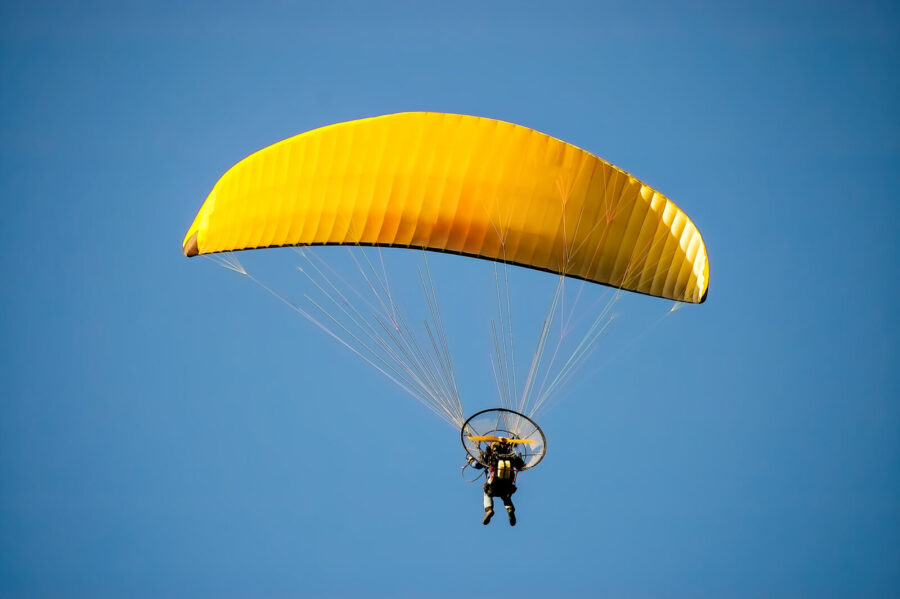
Conclusion
In the world of paramotoring, speed is a fascinating and vital aspect that captivates pilots and enthusiasts alike. From understanding the basic speed parameters of paramotors to exploring ways to enhance speed performance, this journey through the dynamics of paramotor speed reveals a sport that is as thrilling as it is nuanced.
In conclusion, how fast paramotors fly is a question with many layers, encompassing technical aspects, environmental factors, and pilot skills. By understanding and respecting these layers, pilots can fully enjoy the remarkable experience of flying a paramotor, soaring through the skies with a perfect blend of speed, safety, and enjoyment. Whether you’re a beginner just starting out or an experienced pilot pushing the boundaries, the world of paramotoring offers endless opportunities for discovery and adventure.
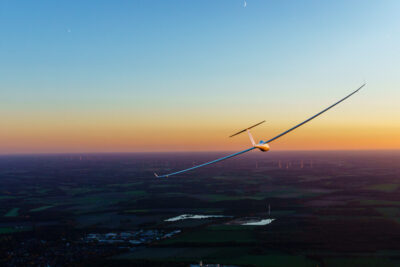
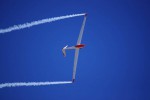
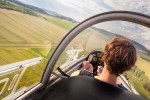

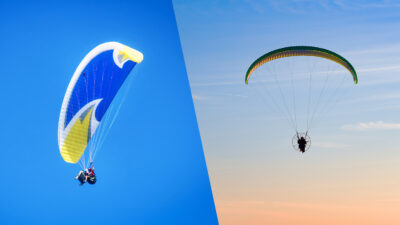

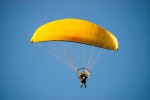
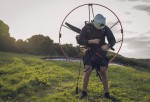
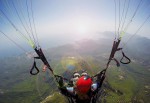
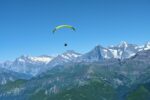

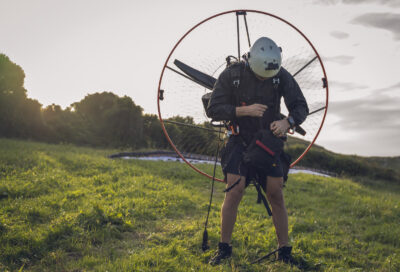


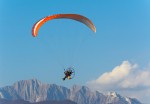


No comments posted yet
Comments are moderated for relevance and respectfulness.
Please keep the discussion focused on the topic of the article.